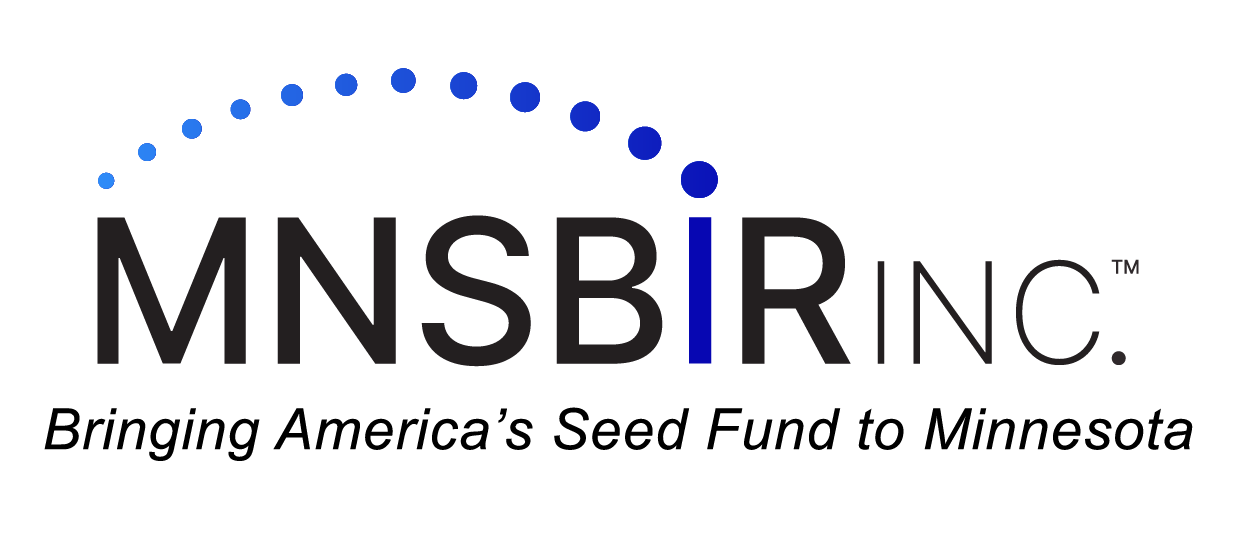
5 Key Takeaways for Current & Future SBIR/STTR Awardees
1. Advocate for Permanent SBIR/STTR Authorization
The SBIR/STTR programs are set to expire in September 2025. Continued advocacy efforts are essential to secure long-term stability and funding for these programs, ensuring ongoing support for small business innovation.
2. Phase III Funding is Critical for Success
Many small businesses struggle with commercialization due to limited follow-on funding. SBIR/STTR awardees should push for stronger federal agency commitments to Phase III funding and seek strategic partnerships to bridge the “Valley of Death.”
3. Increased Scrutiny on Foreign Influence & Security Compliance
The federal government has heightened security measures on foreign ownership and influence. Companies must ensure compliance with these evolving regulations to maintain eligibility for funding.
4. Merit-Based Awards & Reduced Bureaucracy
SBIR/STTR programs remain highly competitive. Policymakers are working to streamline application processes, making it easier for small businesses to access funding. Stay informed on policy updates that could impact participation.
5. Federal Agencies Need to Prioritize SBIR Technologies
Federal agencies must do more to integrate SBIR-funded innovations into procurement. Small businesses should proactively engage with agencies and prime contractors to ensure their technologies transition successfully into real-world applications.
The Committee on Small Business held a hearing, on February 26th, 2025 to analyze how SBIR/STTR programs enable small business innovation. This full committee hearing was titled Fostering American Innovation: Insights into SBIR/STTR Program

